Imagine harvesting fresh, crisp greens from your garden every week — without needing to replant a thing. That’s the magic of cut-and-come-again vegetables. These leafy greens regrow after harvest, giving you multiple yields from a single planting. Whether you have a large backyard garden or just a few containers on your balcony, these plants make growing your own food both easy and rewarding.
In this article, we’ll explore 10 leafy greens that regrow after harvest, how to harvest them properly, and tips for keeping them productive all season long.
Why Grow Leafy Greens That Regrow?
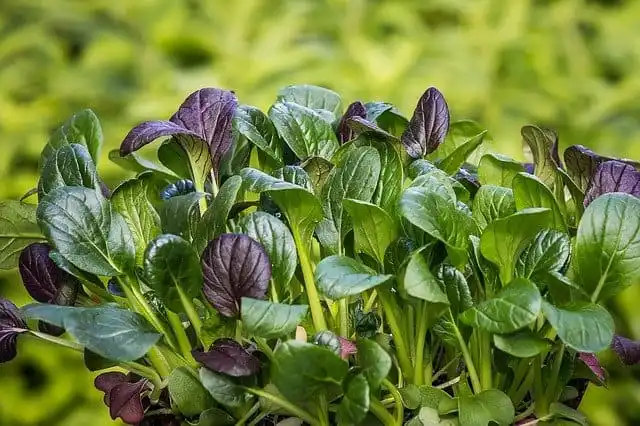
Before diving into the list, let’s look at why these plants are worth growing:
- Continuous harvest: No need to replant — they regenerate new leaves after cutting.
- Space-saving: Perfect for small gardens or raised beds.
- Low maintenance: Most require minimal care and can tolerate varied conditions.
- Fast growth: Many are ready to cut again in 2–3 weeks.
- Fresh nutrition: Packed with vitamins A, C, K, and iron, fresh-picked greens beat store-bought ones in flavor and nutrients.
By learning how to harvest correctly, you can turn a single sowing into months of fresh, homegrown salads and stir-fries.
1. Lettuce (Lactuca sativa)
Perhaps the most famous regrower, lettuce thrives when harvested the right way. Loose-leaf varieties like Black Seeded Simpson, Buttercrunch, and Oakleaf are ideal for repeated harvesting.
- How it regrows: When you snip lettuce leaves about an inch above the crown, new leaves emerge from the center within days.
- Harvest tip: Use scissors to cut outer leaves first, leaving the inner core intact.
- Best conditions: Cool weather, consistent moisture, and light shade in summer.
Bonus: Grow several varieties for a colorful, nutritious salad mix.
2. Spinach (Spinacia oleracea)
Spinach is another cut-and-come-again superstar. Once established, it can regrow 2–4 times depending on weather and care.
- How it regrows: Spinach produces new leaves from its crown after each harvest.
- Harvest tip: Trim the outer leaves at the base but keep the growing point (center) untouched.
- Best conditions: Cool temperatures (50–70°F), rich soil, and steady watering.
Tip: Mulch around plants to retain moisture and prevent bolting in warmer months.
3. Kale (Brassica oleracea var. sabellica)
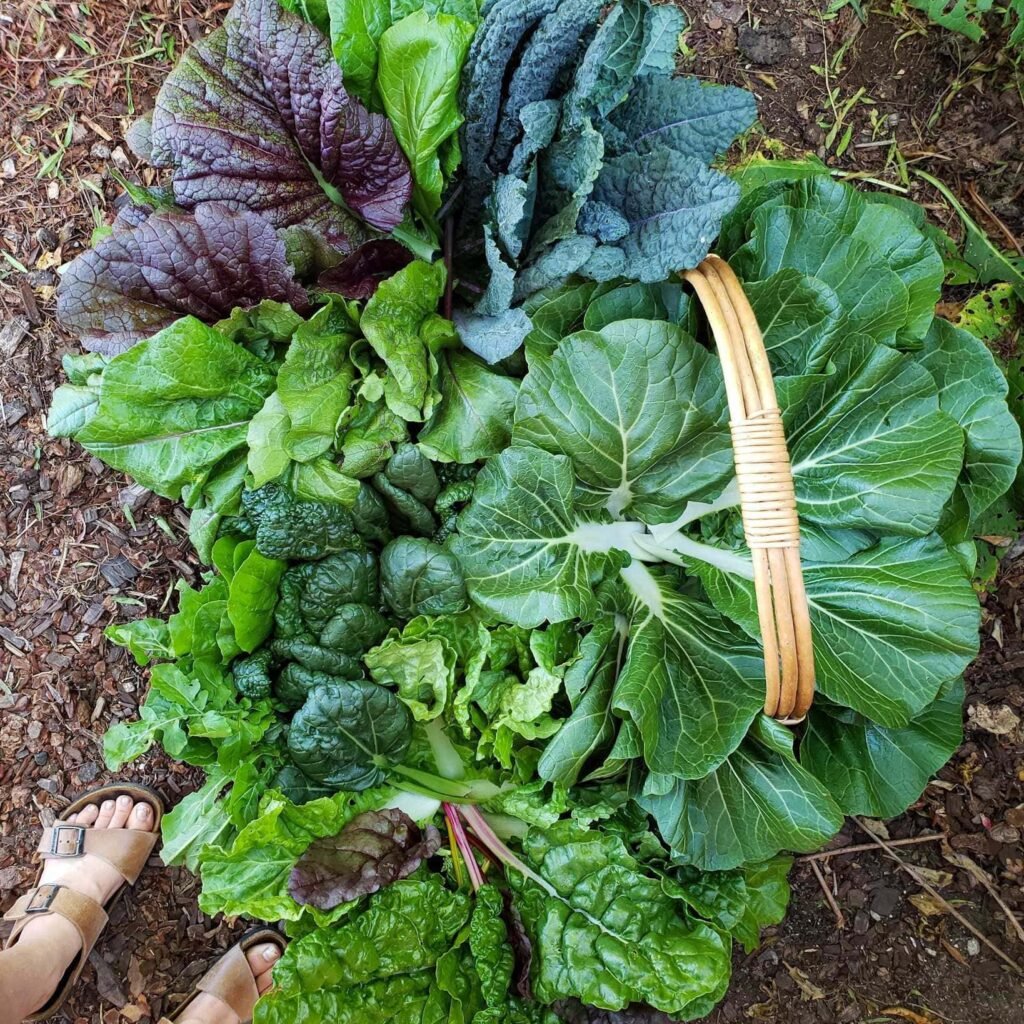
Kale is the gift that keeps on giving. This nutrient-packed green can be harvested again and again throughout the season — even into winter.
- How it regrows: New leaves continuously sprout from the top center.
- Harvest tip: Pick lower, older leaves first, allowing the central crown to keep producing.
- Best conditions: Cool weather with full sun to partial shade.
Fun fact: Kale’s flavor actually improves after a light frost, becoming sweeter and more tender.
4. Swiss Chard (Beta vulgaris subsp. cicla)
Swiss chard isn’t just beautiful — with its colorful stems and glossy leaves — it’s also a long-lasting regrower.
- How it regrows: Cut outer stalks near the base; new shoots will appear in the center within a week.
- Harvest tip: Always leave at least 3–4 inner leaves intact for continued growth.
- Best conditions: Fertile, well-draining soil and consistent moisture.
Bonus: Chard tolerates heat better than spinach, making it perfect for summer gardens.
5. Mustard Greens (Brassica juncea)
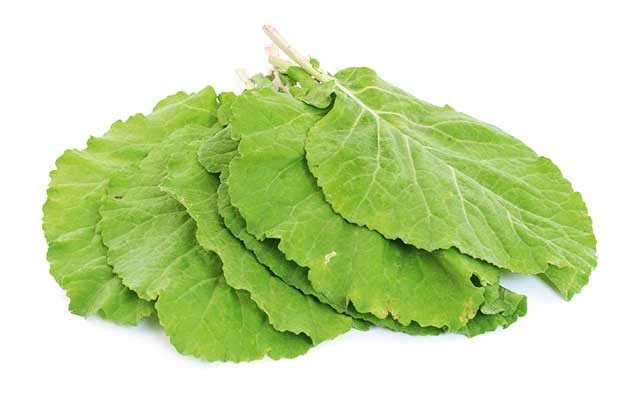
Peppery and bold, mustard greens are popular in Southern and Asian cuisines — and they regenerate quickly after harvesting.
- How it regrows: Like kale, mustard greens send out new leaves from the center.
- Harvest tip: Cut individual outer leaves or shear the entire plant 2 inches above the soil for mass regrowth.
- Best conditions: Cool weather and partial shade prevent early bolting.
Tip: For a continuous harvest, plant a new batch every three weeks alongside your regrowing ones.
6. Arugula (Eruca vesicaria)
Arugula (also known as rocket) grows fast — and regrows even faster. Its peppery bite adds depth to salads and pizzas.
- How it regrows: After cutting, new leaves quickly emerge from the crown.
- Harvest tip: Snip outer leaves first or give the entire plant a “haircut,” leaving 1–2 inches above the base.
- Best conditions: Full sun to partial shade; consistent watering for tender leaves.
Pro tip: Regular harvesting keeps the plant from flowering too early (bolting).
7. Bok Choy (Pak Choi)
This Asian favorite is not only delicious in stir-fries but also easy to regrow.
- How it regrows: Cut the stalk about 2 inches above the root base — it will produce new shoots in a week or two.
- Harvest tip: Submerge the root base in shallow water for a few days until new growth appears, then transplant it into soil.
- Best conditions: Cool weather and moist, fertile soil.
Bonus: The tender regrowth often has a milder flavor than the original leaves.
8. Collard Greens (Brassica oleracea var. viridis)
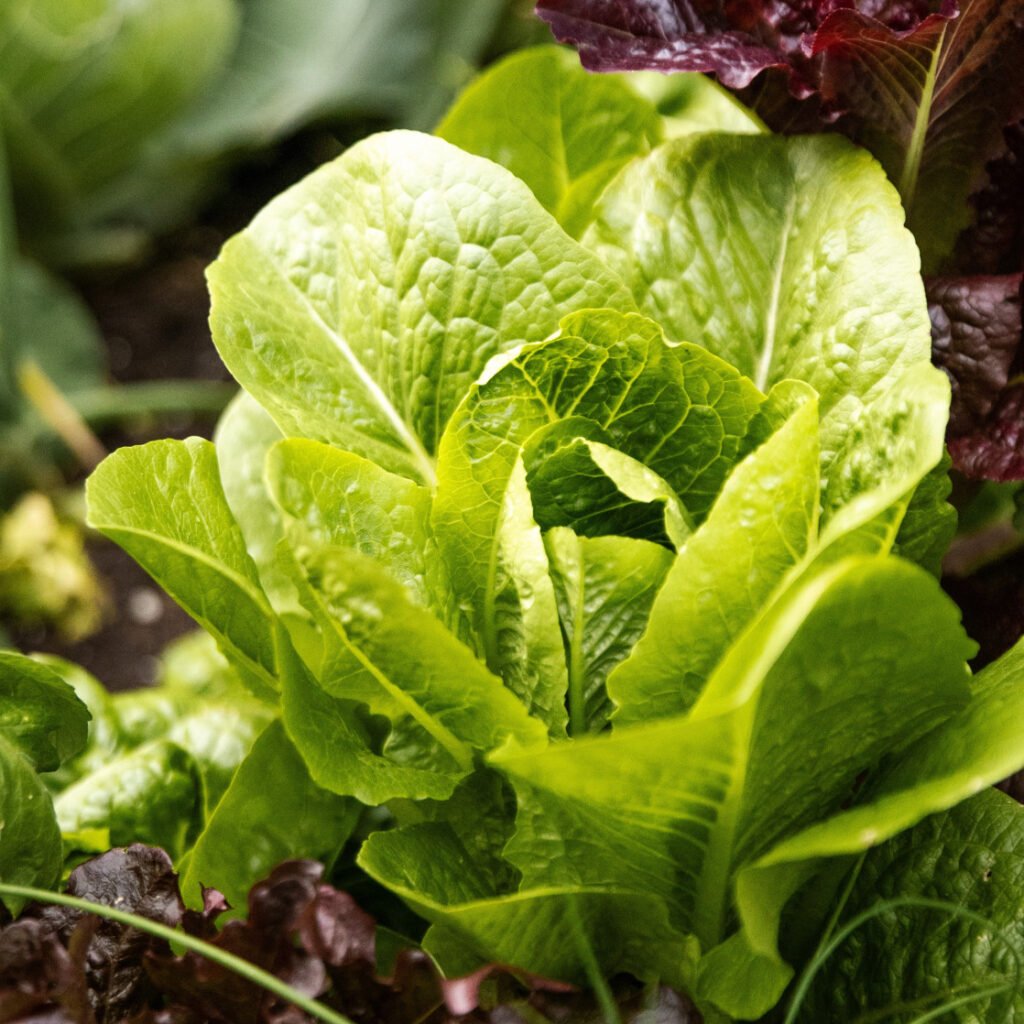
Collards are a Southern staple and one of the most resilient greens you can grow.
- How it regrows: As you pick mature leaves from the bottom, new ones form at the top center.
- Harvest tip: Never remove more than one-third of the plant at a time to encourage regrowth.
- Best conditions: Full sun and well-drained, rich soil.
Pro tip: Collards can survive light frost and continue producing into late fall or early winter.
9. Endive and Escarole (Cichorium endivia)
Members of the chicory family, endive and escarole add a slight bitterness and crispness to salads. They’re also excellent regrowers if cut properly.
- How it regrows: Trim outer leaves first, or harvest the entire head an inch above the soil for regrowth.
- Harvest tip: Avoid cutting too close to the crown; leave at least a few leaves behind.
- Best conditions: Cooler temperatures and moist soil help prevent bitterness.
Bonus: Regrown leaves tend to be milder in flavor than the first harvest.
10. Watercress (Nasturtium officinale)
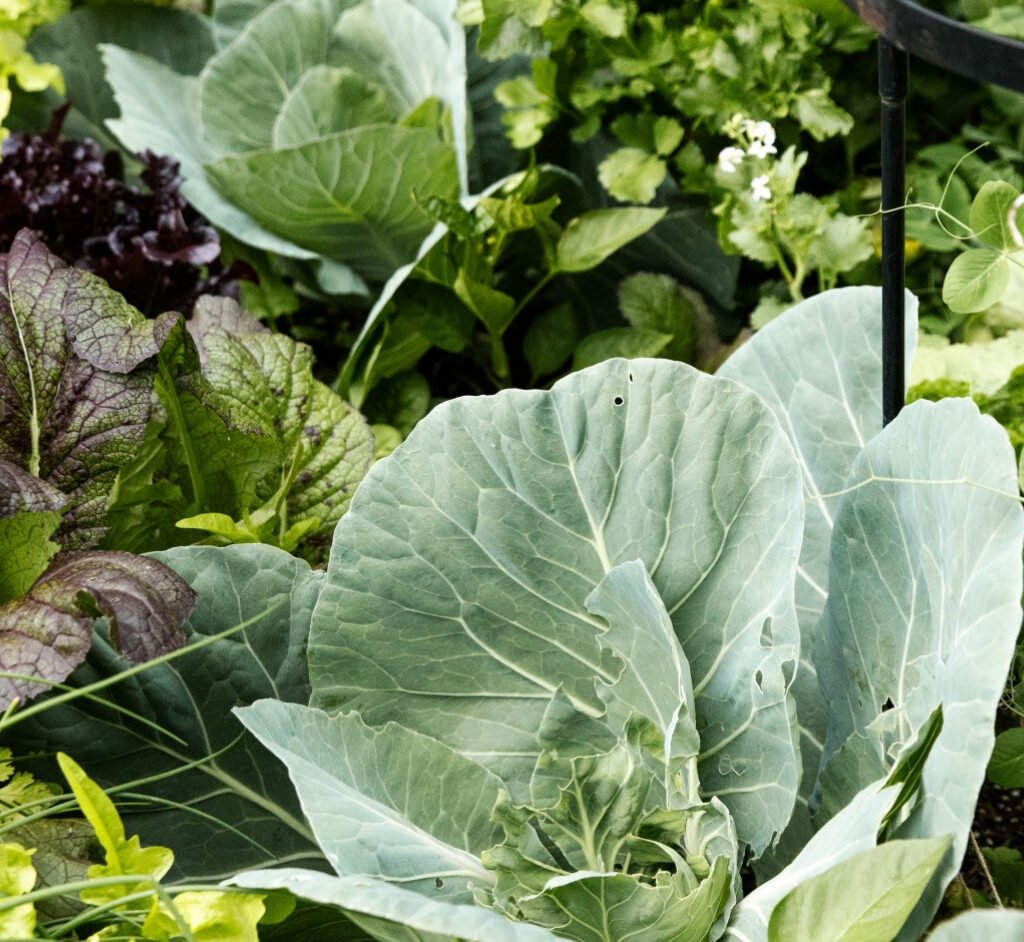
Watercress thrives in moist environments — even in shallow trays or hydroponic setups — and rebounds quickly after cutting.
- How it regrows: New shoots emerge from stem nodes once the tops are cut.
- Harvest tip: Snip stems about an inch above the water or soil level.
- Best conditions: Constant moisture and partial shade.
Pro tip: Place harvested stems in water and they’ll sprout roots — giving you endless plants from the same batch.
How to Harvest Leafy Greens for Continuous Growth
The key to getting multiple harvests lies in how you cut:
- Use clean, sharp scissors or shears to avoid damaging the crown.
- Harvest in the morning when leaves are crisp and full of moisture.
- Leave at least one-third of the plant intact so it can photosynthesize and regrow.
- Water immediately after cutting to help recovery.
- Feed lightly with compost tea or organic fertilizer every 2–3 weeks to support new growth.
Tip: Rotate your harvest — pick from different sections each time so plants have time to rejuvenate.
Caring for Regrowing Greens
To keep your greens productive and flavorful:
- Keep the soil consistently moist. Dry conditions slow regrowth and make leaves tough.
- Mulch between rows. Helps retain moisture and suppress weeds.
- Fertilize sparingly. Overfeeding can cause bitter-tasting leaves.
- Provide shade cloth in summer. Prevents bolting in heat-loving climates.
- Watch for pests. Aphids, leaf miners, and slugs love tender greens — use neem oil or companion plants like marigolds to deter them.
Bonus: Kitchen Regrowth Trick
Many leafy greens (like lettuce, bok choy, and celery) can regrow from kitchen scraps:
- Cut off the base of the plant about 2 inches high.
- Place it in a shallow bowl of water near sunlight.
- Change the water every couple of days.
- Once new leaves appear, transplant it into soil.
Within weeks, you’ll have a new plant ready for harvest — completely free!
Final Thoughts
Growing leafy greens that regrow after harvest is one of the most rewarding gardening strategies — offering fresh, continuous food with minimal effort. From crisp lettuce and spicy arugula to hardy kale and collards, these greens give back more than you put in.
By harvesting properly, maintaining healthy soil, and keeping your plants well-watered, you’ll enjoy a garden that replenishes itself again and again.
So next time you pick your greens, remember: don’t pull them up — just give them a trim. Nature will do the rest, and your garden will keep giving you delicious, nutrient-packed rewards all season long.
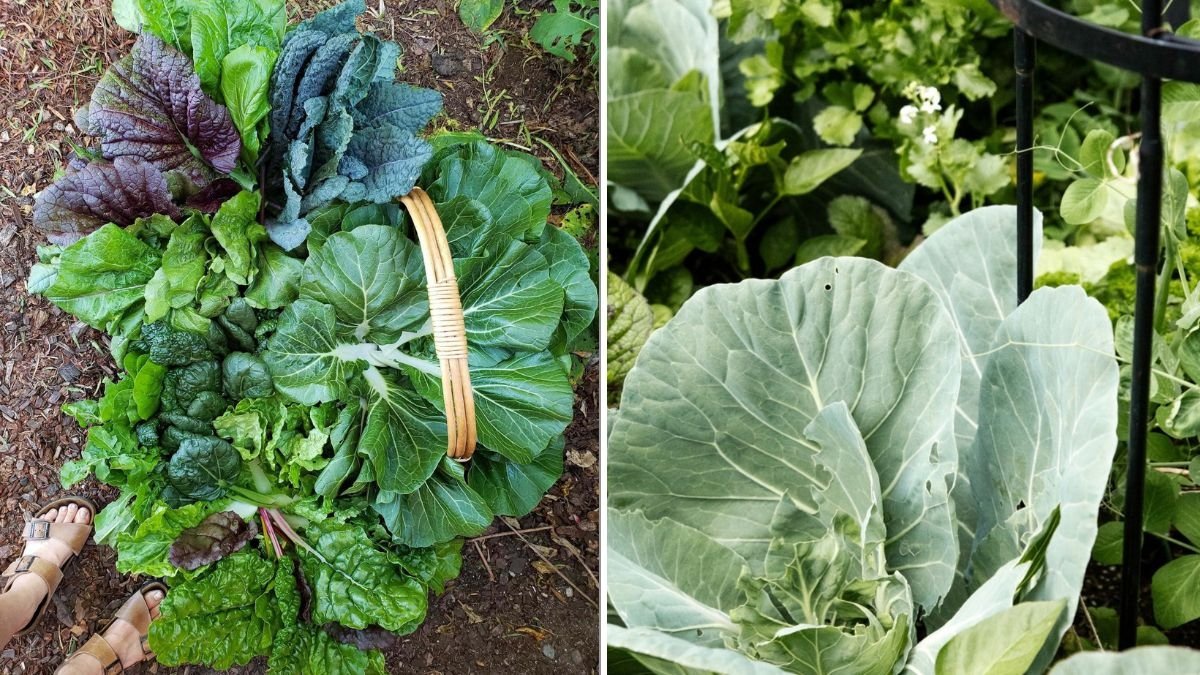





Leave A Comment